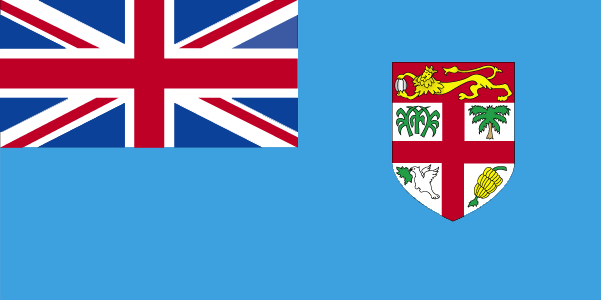Geographical Background
Climate Overview
National Priorities
Located in the central south-west Pacific Ocean, the republic of the Fiji Islands is composed of large mountainous islands, which are largely of volcanic origin, such as Viti Levu and Vanua Levu (which take up 87% of the total land area), and numerous small volcanic islands, low-lying atolls and elevated reefs. The largest islands have a diverse range of terrestrial ecosystems, including extensive areas of indigenous forest. Coastal ecosystems include mangroves, algae and sea-grass beds in shallow reef and lagoon areas, and various reef types such as barrier, fringing platform and atoll or patch reefs. Fiji has a total land mass of 18,333 sq km, with Viti Levu (10,429 sq km) and Vanua Levu (5,556 sq km) constituting 87% of the total.
Fiji has a mild tropical climate with plentiful rain under prevailing conditions. The high islands have distinct wet and dry sides due to prevailing wind patterns. It is, however, subject to potentially catastrophic climate events such as cyclones, flooding and multiple landslips that can have a major impact on the economy and infrastructure. The predicted climate change and sea level rise could have profound consequences for some urban centers, agriculture and coastal development.
Climate change poses a severe threat to the development plans and priorities of Fiji. More concretely, efforts in poverty reduction, enhanced access to water and modern energy services, infrastructure development, and improved agricultural productivity to meet the needs of Fiji’s growing population are affected by a changing climate. Without addressing the root causes of climate change and adapting to its inevitable impacts, Fiji’s overall development and its current positive economic progress are likely to be severely impacted.
Below are priorities identified by Fiji under its 2012 Climate Change Policy outlined as objectives with a number of strategies to achieve these objectives:
- Mainstreaming
- Data collection, storage and sharing
- Awareness raising
- Education and training
- International and Pacific region participation.
- Adaptation
- Mitigation
- Financing

